Saarbrucken on the Saar River
A lovely city in Germany

Saarbrucken is the capital of the German state of Saarland. It is the administrative, commercial, and cultural center. It is a lovely city with impressive Baroque architecture, castles, and interesting museums.
Saarbrucken Castle is a Baroque masterpiece built on the left bank of the Saar River. It was built on the ruins of the medieval Castellum Sarrabrucca dating back to 999. To make sure that the castle remains standing architect Gottfried Bohm designed a state-of-the-art central block of steel and glass was designed by architect Gottfried Bohm so the castle could remain standing. Today it is an administrative center and a place for conferences, cultural events, and festivities.
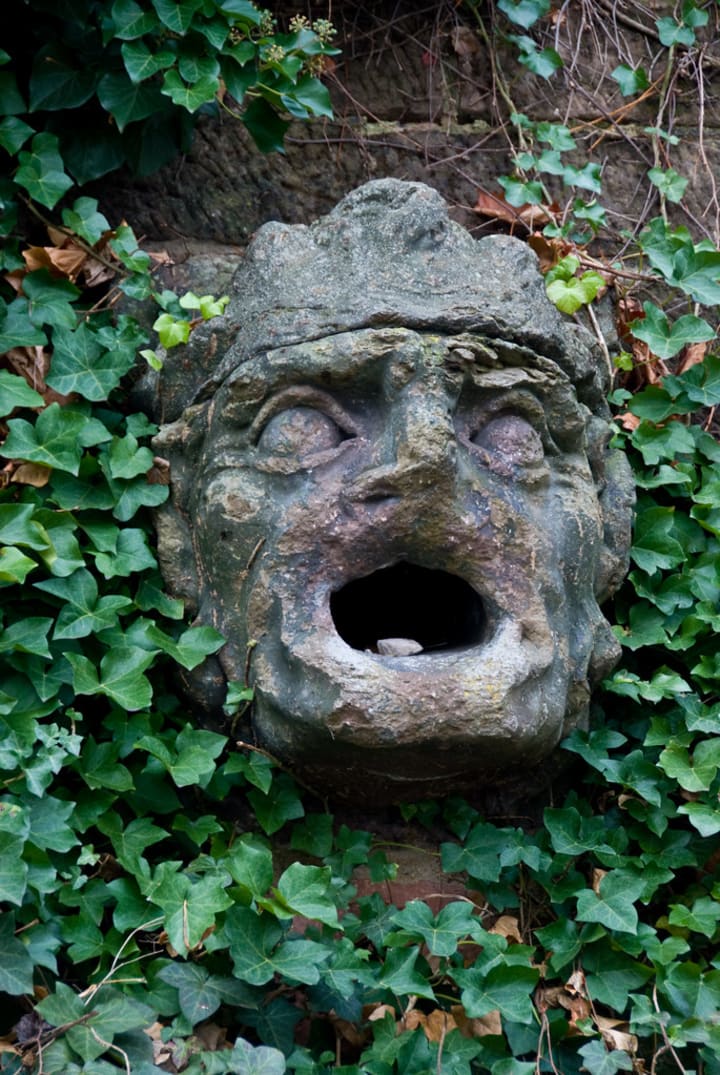
Don't miss the opportunity to visit the castle wall, offering breathtaking panoramic views of the city. Interestingly, the castle wall was relocated by 16 meters during the construction of the urban motorway. As you ascend the stairs leading to the castle, you'll come across the stone head of the "miserly baker" of St. Johann, a gargoyle that used to be located at the Old Bridge for several centuries.
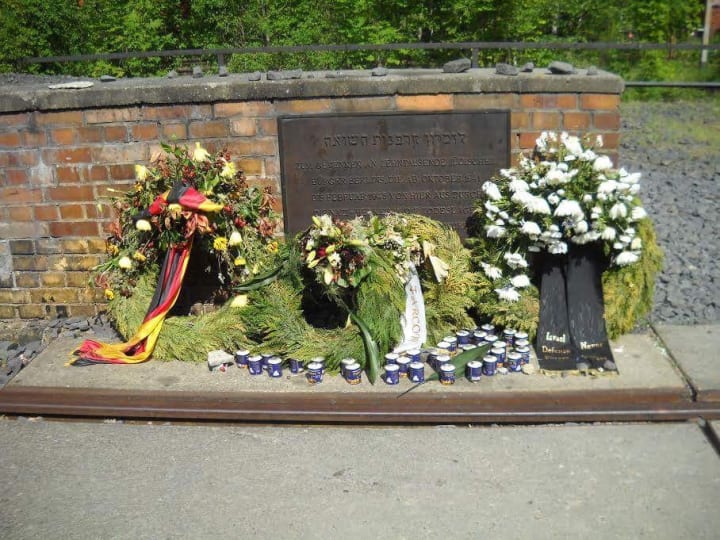
The Square of the Invisible Memorial was created by Jochen Gerz and students from the local Art Academy in 1993. It is meant to be an expression of tolerance and a warning against racism. The square stands in front of the castle. 2,146 flagstones were dug up and the names of Jewish cemeteries were engraved on the back and then the flagstones were replaced. It commemorates the fate of those who were incarcerated in the Gestapo prison in Saarbrucken Castle and all those who were persecuted and murdered under the National Socialist regime. Since they had to be replaced with the engravings facing downwards the Parliament renamed Castle Square as The Square of the Invisible Memorial.
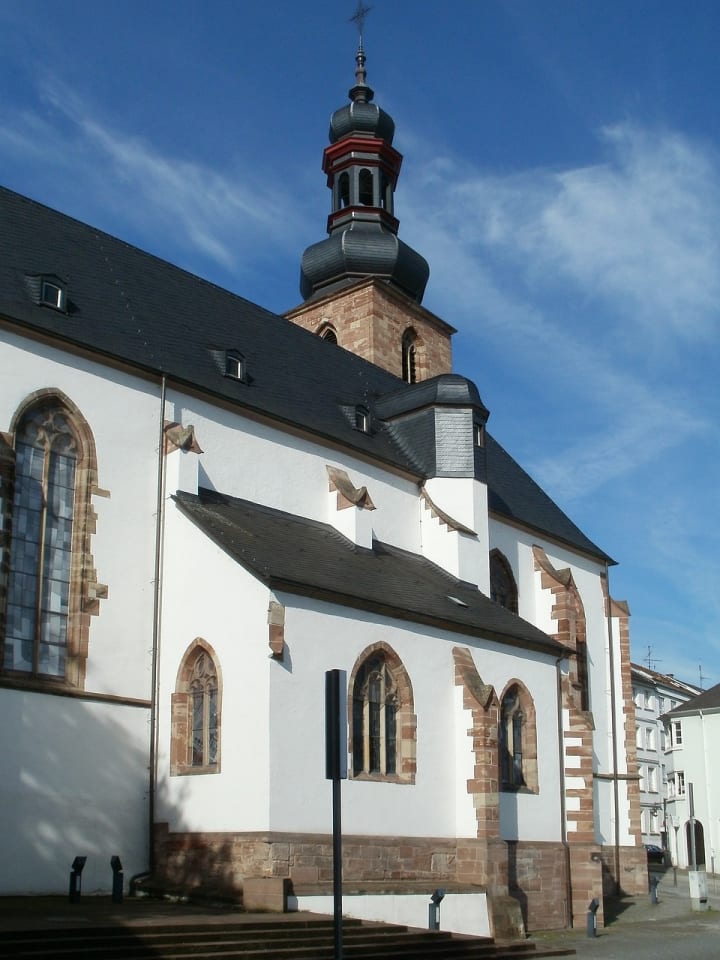
The steeple of the late Gothic Schlosskirche or Castle Church dating from the 15th century was given a Baroque crest by Stengel in 1743. The church was destroyed in WW II and restored in the 1950s. George Meistermann designed the lovely stained-glass windows. In the choir, you can find the sarcophagi of the last princes of Saarbrucken. Presently the church is a museum looked after by the Foundation for the Cultural Heritage of the Saarland.

Dark corridors descend down into the Moller Hall offering visitors the Ferrodrom Science Centre and fire-spewing columns. The blast furnace has a viewing platform. The Volklingen Ironworks is a UNESCO World Heritage site. Visitors can see a multimedia exhibition covering the period from when the ironworks opened to the present day. Here you can also find regular events and exhibitions. This counts as the European Center for Art and Industrial Heritage.
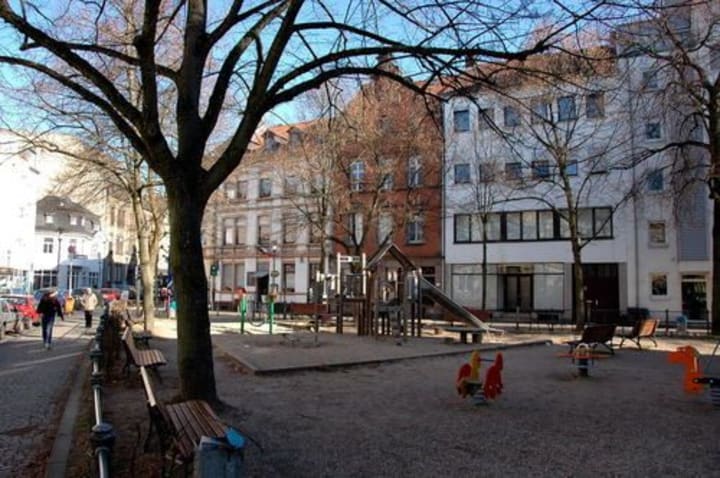
In the south of Saarbrucken is a lively area surrounding Nauwieser Platz which is also known as the Chinese Quarter by residents. Here you can take a look at diverse lifestyles and find lots of cultural attractions, cafes, bars, and unusual stores. At the end of July, the Nauwieser Viertel Festival is held here and is the largest and most popular street festival in the whole of Saarland.
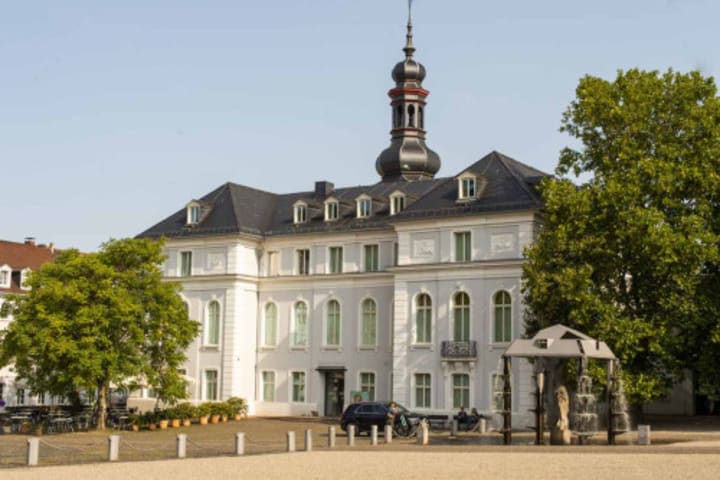
If you want to discover Saarland’s distant past visit The Museum of Pre-History and Early History. Exhibits show archaeological discoveries from every era from the Stone Age to the early Middle Ages. There are displays of hand axes and Franconian gold jewelry. Some other highlights include the tomb of the Celtic Princess of Reinheim, Roman artifacts, and wall paintings from the villa in Mechern.
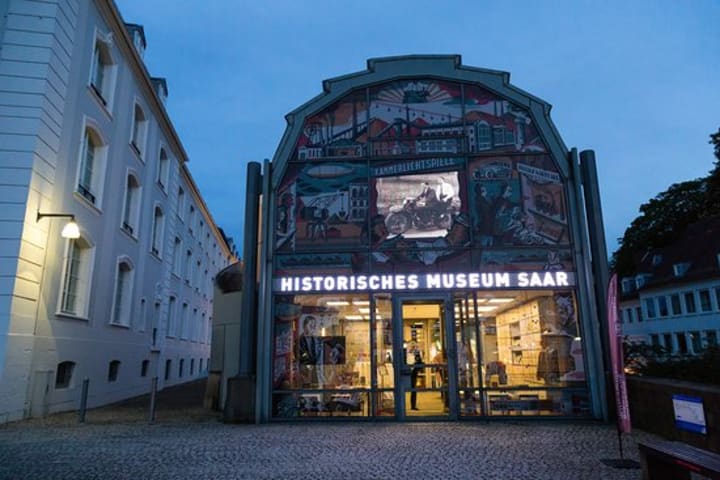
The Saarland Museum is a local history museum and contemporary art gallery. The collections are distributed between the museum in the palace church, the Old Collection, and the Modern Gallery with artworks from the 19th to the 21st century. You can also find regular exhibitions of classical and contemporary art.
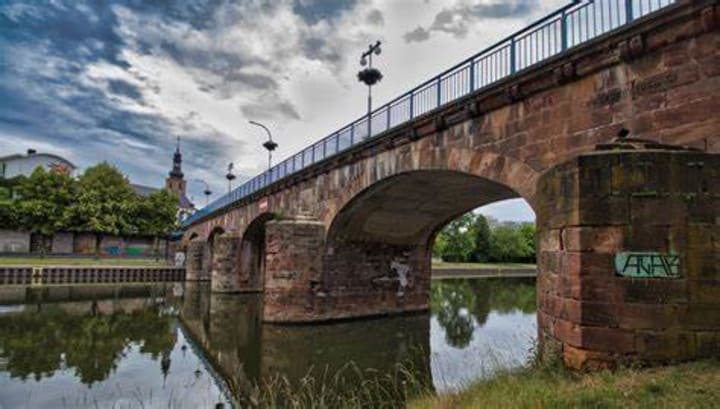
The Alte Brucke connects Alt-Saarbrucken and St. Johann. Originally the Old Bridge had 14 arches of which only 8 remain. It was rebuilt in the early 1960s to make room for the urban expressway. In the summertime at the dock next to the bridge visitors can get Saarbrucken passenger boats to take round trips on the Saar River.
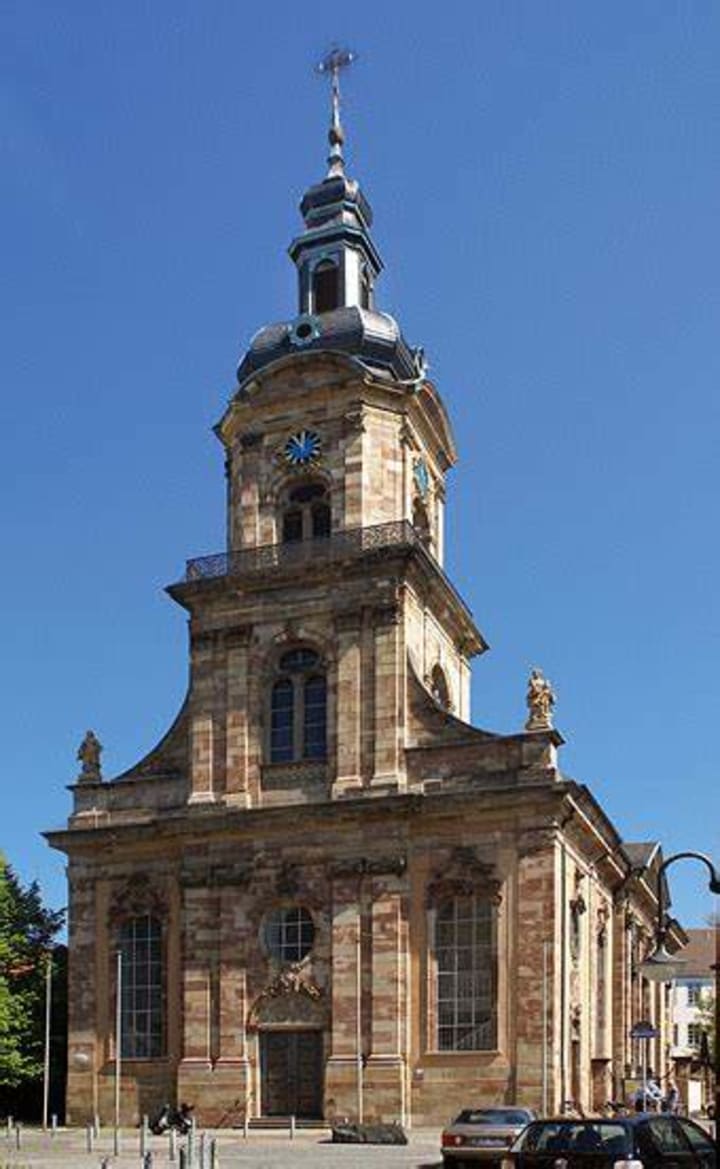
The Basilica St. Johann was erected between 1754 and 1758. An impressive example of 18th century Baroque, the pope granted the church the title “Basilica Minor”. The bronze portal and the entrance areas were both designed by Saarbrucken artist Ernst Alt. The church organ consists of three individual parts, the main organ and the two choir organs. These can be played together or individually. The St. Johann Basilica organ is made up of 60 sounding stops and 4, 312 pipes.
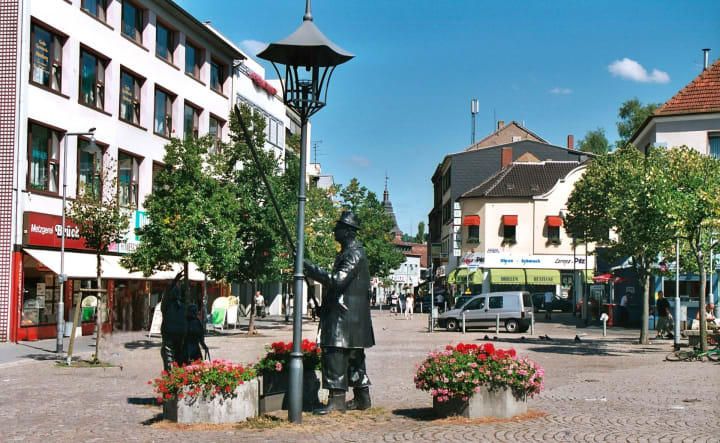
Froschengasse has former craftsmen’s and workers’ houses that were once built onto the old town wall. In 1978 the street was rebuilt in the Baroque style. There are quaint restaurants with idyllic courtyards.
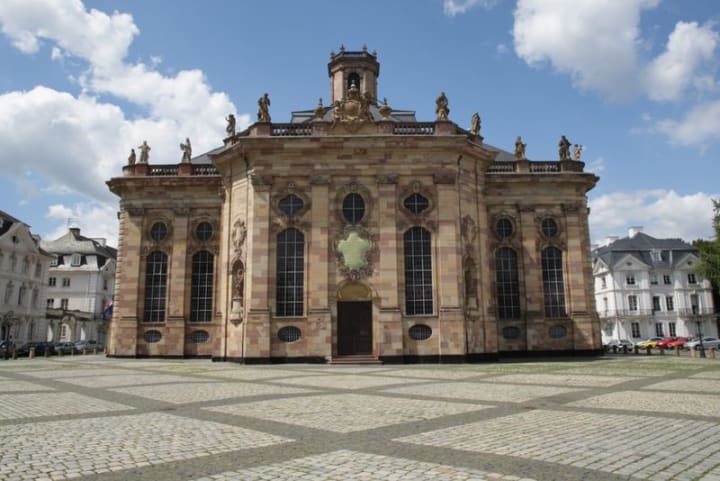
An impressive example of “palace royal” architecture is architect Stengel’s masterpiece the Ludwigskirche. It is considered to be one of the most stylistically and aesthetically perfect Protestant Baroque churches in Germany. Completed in 1775 this unusual Baroque ensemble includes Ludwigsplatz Square, the surrounding castle, and civil servants’ houses.
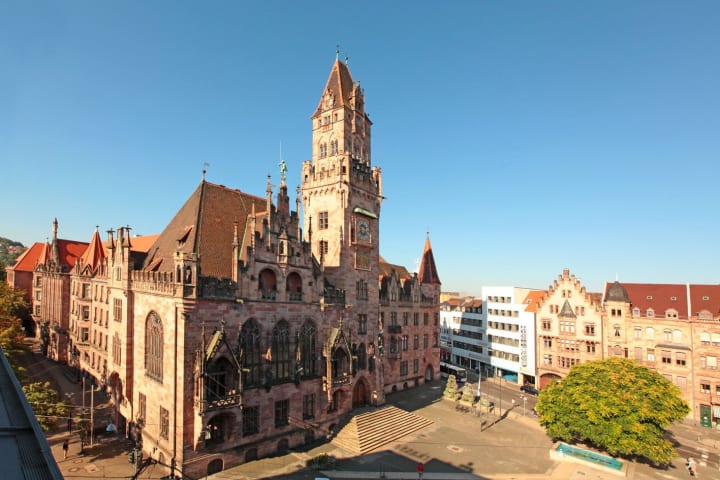
The neo-Gothic Town Hall is dominated by its 54-meter tower from which you can hear the sounds of the carillon daily at 3:15 PM and 7:19 PM. It was designed by architect Georg J. von Hauberrisser and built between 1897 and 1900. The facade has been preserved and adorned with sandstone statues that represent past trades. There is a miner, a smelter, a farmer, a brewer, a merchant, and a tanner. Inside it is worth taking a look at the ballroom which provides the venue for more than 1,000 weddings a year.
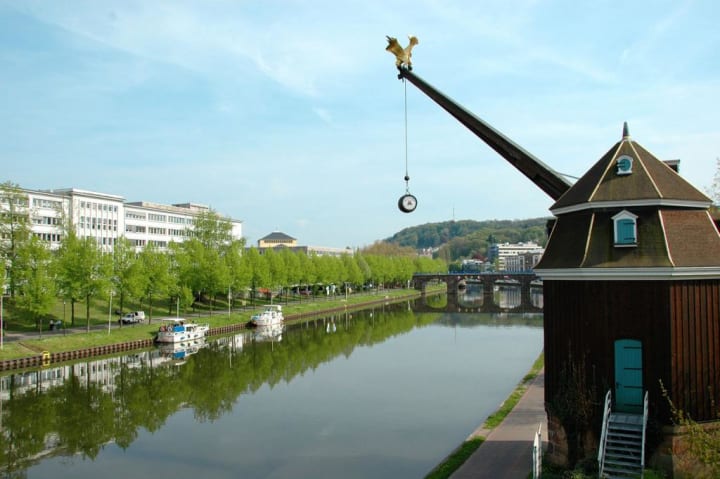
The Crane Association first constructed the Saarkran or Saar Crane in 1761.
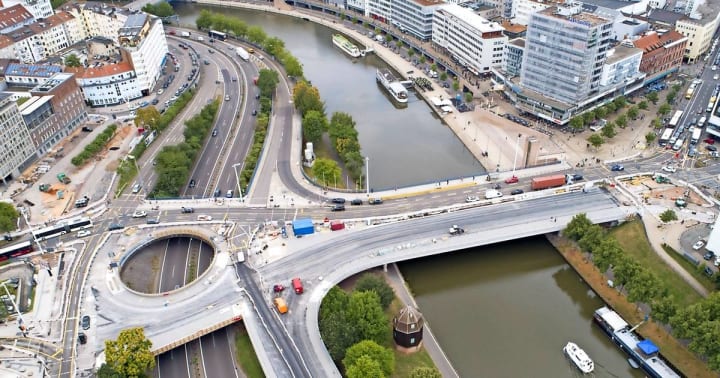
It flanks the Wilhelm-Heinrich-Brucke Bridge bearing witness to Saarbrucken’s flourishing trade history. The crane was first constructed by the Krahnen-Gesellschaft according to plans drawn up by Stengel. After being destroyed on several occasions the final construction was done in 1991 and financed by donations.
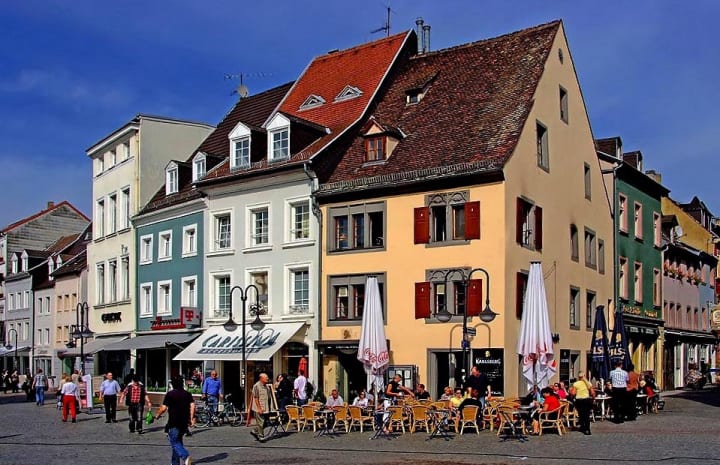
The place to meet people in Saarbrucken is St. Johanner Markt. Here you can find boutiques, bars, bistros, and restaurants. There are many picturesque alleyways to stroll through all around the market square. You can get a direct view of the castle from the Baroque fountain designed by Stengel in 1759.
About the Creator
Rasma Raisters
My passions are writing and creating poetry. I write for several sites online and have four themed blogs on Wordpress. Please follow me on Twitter.




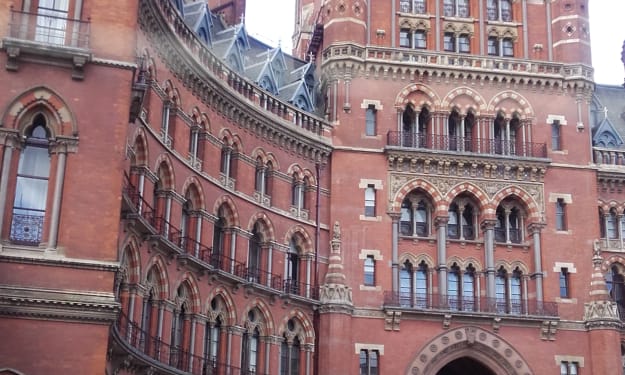

Comments
There are no comments for this story
Be the first to respond and start the conversation.